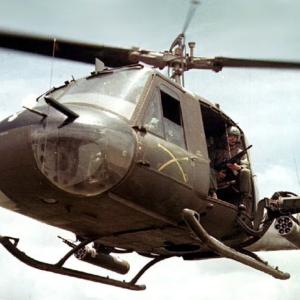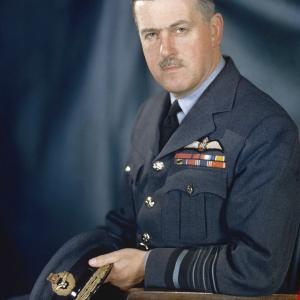
Air Chief Marshal Mallory
Air Chief Marshal Sir Trafford Leigh-Mallory was one of the most controversial and influential RAF commanders of the Second World War, and the end of his life came suddenly, violently and unexpectedly on 14 November 1944. Nearly the entire senior British air command team for South-East Asia Command was removed in one blow. The aircraft in which he and his party were travelling, an Avro York transport, crashed into the high mountains of the French Alps while on its way to the Far East. It was a tragedy partly born of weather, partly blind mountain flying, and partly bad luck. To understand why he was even flying that route that day, one has to go back through the shape of his life.
Trafford Leigh-Mallory was born on 11 July 1892 in Mobberley, Cheshire. He was from a clerical family, his father being a clergyman, and he grew up in a world that expected professionalism, order, and service to the crown. He attended Haileybury, a public school known for producing imperial administrators and officers, and later went to Magdalene College, Cambridge, where he gained a law degree. He was never really intended to be an aviator. Yet the First World War and the newness of flight changed his path completely. During the Great War he transferred from the infantry into the Royal Flying Corps. He flew reconnaissance and artillery spotting missions over the Western Front, was wounded, and by war’s end had already shown aptitude for command and staff work. When the RFC became the RAF in 1918, he chose to remain, committing his future to aviation.
During the interwar years he steadily rose in rank. He was not flashy, but he had a cold, calculating grasp of organisation and mass air power. When war came again in 1939, Leigh-Mallory was positioned for big roles. He commanded fighters in 1940 and was a senior fighter commander during and after the Battle of Britain, though he famously clashed with Hugh Dowding and Keith Park over tactics. He favoured “Big Wing” massed fighter formations and believed strongly in offensive striking power. Later he commanded Fighter Command in 1942–43, and then became Air Commander for the Allied invasion of Europe. He oversaw the air preparation for D-Day and the air operations that supported the landings. He was knighted and promoted, but just as he sat on the peak of his career, he was posted away from the European theatre. Late in 1944 he received appointment as the new air commander of Allied forces in South-East Asia, replacing Air Chief Marshal Sir Richard Peirse. This required him to fly out to join the command.
On 14 November 1944, Sir Trafford Leigh-Mallory and Lady Doris Leigh-Mallory boarded an Avro York transport aircraft at RAF Northolt. They were accompanied by members of their staff, including Air Vice-Marshal John Whitworth-Jones and several others. The flight plan was to fly south through France, staging onwards and then eventually continue to India, where Leigh-Mallory would take up his new theatre command. Europe was largely liberated in the regions they were flying over and air travel between Britain, Italy, and the Middle East was now relatively routine, though November Alpine weather was always a danger. Conditions over the Alps that day were poor. The aircraft headed into thick cloud and icing. The pilot, navigating in a period with only basic radio aids and no modern terrain warning systems, descended through cloud believing they were clear of high terrain. They were not. The aircraft flew directly into the massif near the village of Saint-Bonnet-en-Champsaur in the French Alps. There was no explosion in mid-air, no combat, no sabotage: simply controlled flight into ground. Everyone on board was killed instantly.
The crash site was remote, steep, and high. Wreckage was discovered later by locals and mountain units. Leigh-Mallory never reached his new command in Asia. His death, along with his wife and the other senior officers on that aircraft, was a sudden removal of a major personality of the RAF. He had been controversial. He had critics. But he had been highly placed and deeply embedded in the shaping of Allied air warfare.
In the end the story of Trafford Leigh-Mallory is that of a man who began life intending to be a lawyer, who was drawn by war into a field still in its infancy, who rose in rank by force of mind and organisational power, and who died not in a great battle, but in cloud, flying over the frozen peaks of the Alps, on the way to a new theatre of war that he would never command.










